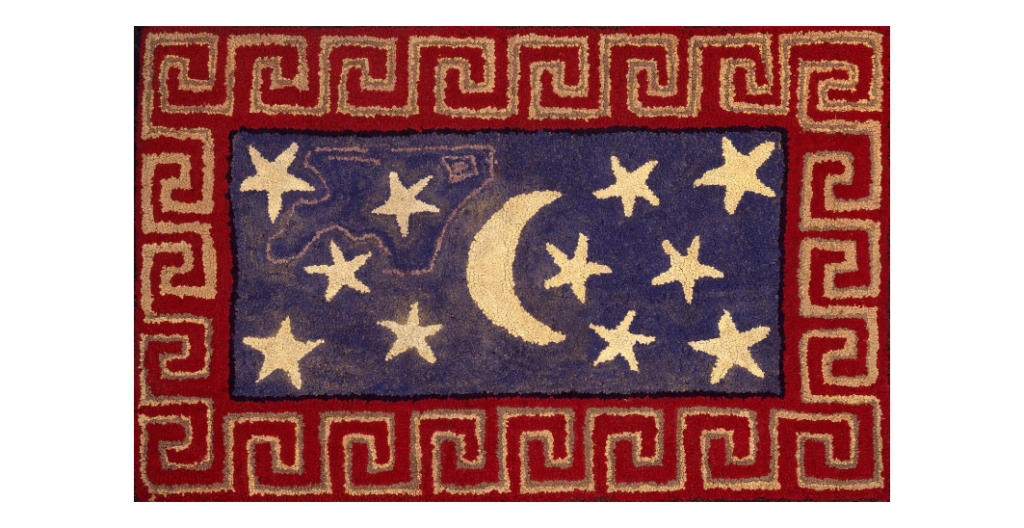Stars
By Ga-Yu-Ga[1]
Annotations by Jessica Cory

When the golden clouds in the West have faded away, and the hours of twilight approach; when the wayward zephyrs bear on their bosoms the rich perfumes of Flora’s domains; how beautiful is the faint glimmering of the first tiny stars.
Soon all is wrapped in the deepest shade of night; then the heavens are filled with those bright luminaries sending forth their pale light to guide the weary traveller [sic] on his way.
The stars are the wonder and admiration of the world. How little children love to gaze on them, and with what strange imaginings do they fill their minds. Some think they are the eyes of angels looking down upon them from above. Others think they are lamps lit up, or blazes in the sky to give light at night.
I have heard of one who asked if they were not holes in the floor of heaven, to let the glory through. I remember when quite a child, thinking they were windows in heaven, and that at each one a little angel was placed to watch the children on earth, to see when they did right and wrong.
Who can look at the stars without thinking of their Maker? They seem so much nearer to Him than the rest of his works.
It may be that after this world is destroyed, the Saints will be permitted to visit the different stars to see and admire still more the works of their Glorious Contriver.
Well might the Psalmist exclaim, while gazing upon them, “What is man that thou art mindful of him, or the son of man that thou visitest him. [sic]
ga-yu-ga. “Stars.” a wreath of cherokee rose buds 2 no. 1 (August 1855): 3.
[1] While some residential schools at the time kept and have digitized student records, no information was available regarding Ga-Yu-Ga’s tribal affiliation or identity beyond just her name.
Contexts
The many references to Christianity within Ga-Yu-Ga’s “Stars” is likely expected, as she was a student at a seminary. In fact, it wasn’t uncommon for Native peoples to be employed as Christian ministers (such as William Apess and Samson Occom).
However, Ga-Yu-Ga’s references do harken back to the ways in which the Christian religion has been used as a tool of colonization of Indigenous peoples across the globe. In fact, religion, not race, was the primary excuse used by early colonizers to commit genocide on Turtle Island and many other territories. As this interpretation explains, the Doctrine of Discovery, an international law, allowed for lands that were not inhabited by Christian peoples to be conquered and settled, even if they were sovereign nations. Later in 1823, the decision in Supreme Court case Johnson v. Mc’Intosh upheld notions of the Doctrine of Discovery, essentially arguing that Britain was the original “discover” under the Doctrine and that the U.S inherited their ownership when the thirteen colonies won their independence from Britain. An extension of the Christian settler colonialism can also be evidenced in that many of the residential schools that Native youth were forced to attend were also run by religious organizations. On the whole though, Native Americans and Christianity is a very complex topic that cannot be fully explored on this page.
Resources for Further Study
- For additional information on the first Cherokee Female Seminary, please take a look at my other work.
- Mary Annette Pember (Red Cliff Tribe of Wisconsin Ojibwe) writes about the issues with missionaries on reservations and includes first-person narratives.
Pedagogy
- The Unitarian Universalist Association’s video would be helpful in explaining the Doctrine of Discovery to middle grades and older students.
- The Pluralism Project’s discussion of Native peoples and Christianity does a good job of capturing the complexities of the matter.